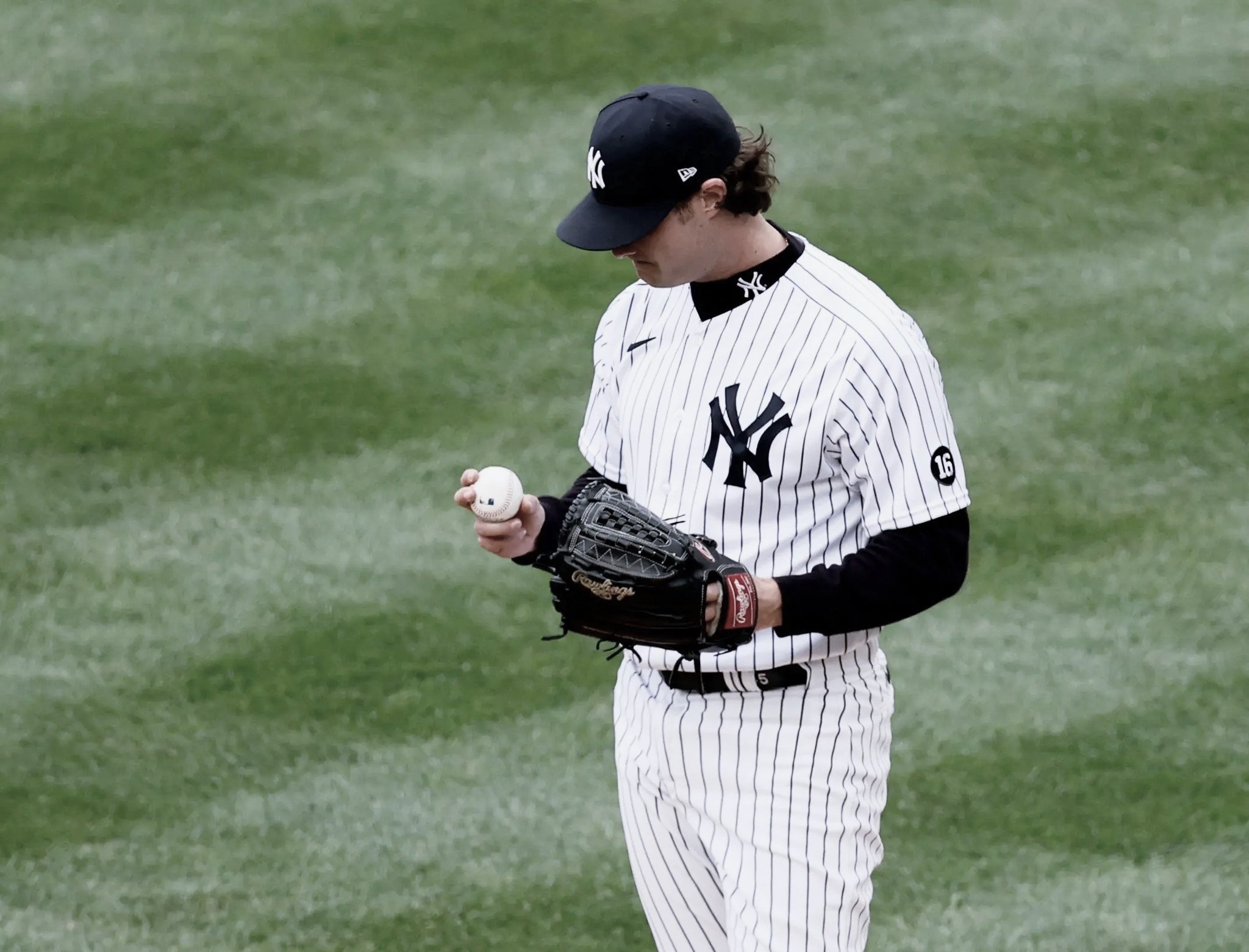How Will The Robo Ump Impact Pitch Types and Pitch Locations?
Photo Credit: Jason Szenes/EPA
My previous analysis (Who Wants the Robo-Ump? And Who Doesn’t..) focused on which batters, pitchers, and catchers that will be most impacted by having a robot umpire - the automated strike zone (ABS) set to be introduced into the MLB some time in the next few years. But how will pitch types and pitch locations be impacted by the ABS?
To answer this, I analyzed the 3.75% of pitches in the 2023 season that have been in the strike zone and called balls, or outside the strike zone and called strikes.
Figure 1: Extra strike rate of each pitch type measured in basis points (bps). 100 bps = 1%.
As seen in Figure 1, sliders, sweepers, and sinkers are getting the most extra strikes called (actual balls) - each of these are getting more than 0.50% extra strikes. Cutters, changeups, and curveballs are in the next tier of extra strike rate, ranging from 0.39% to 0.47%, whereas splitters and 4-seamers are in the last tier with 0.15% and 0.08% extra strike rates, respectively. Since all pitches receive extra called strikes, the move to ABS should benefit batters, regardless of the pitches they face.
In terms of relative advantage, pitchers who rely heavily on 4-seamers and splitters should gain ground on their peers and pitchers who rely heavily on sliders, sinkers, changeups, cutters, curveballs, and sweepers should lose ground to their peers. With very little horizontal movement and the most predictable ball path due to the frequency of usage (nearly 1/3 of all pitches), the 4-seamer is rarely misjudged by the human umpire and thus has the lowest extra strike rate.
The splitter, on the other hand, has so much late drop that it becomes a very difficult pitch for pitchers to control and for catchers to frame. Sliders, sinkers, changeups, cutters, curveballs, and sweepers have the appropriate balance of movement and control, which enables pitchers and catchers to consistently get extra strikes called.
Figure 2 depicts the strike zone and the extra strikes and extra balls called, broken down by location. As seen in the figure, the left side of the strike zone is the most difficult side to get borderline called strikes - the top left portion of the strike zone has an 8% called ball rate, the bottom left portion has a 5% called ball rate, and the middle left portion has a 7% called ball rate.
Figure 2: Extra Strike (Red) and Extra Ball (blue) rates broken down by zone, measured in bps, from the catcher’s perspective. The strike zone is comprised of the center 16 blue rectangles.
Why is that the case? Well, since all major league catchers are right-handed (a left-handed catcher would have a very difficult time angling his body to make a throw to third base on a stolen base attempt), the pocket of the catcher’s mitt is on the right side and the heel of the mitt is on the left side. Catchers have a margin for error when catching the ball in the pocket, and can maneuver their mitts so that a large percentage of their mitts are over the plate, leading to a higher called strike rate. However, when they catch the ball close to the heel of their mitts, they are not able to keep as high a percentage of their mitts over the plate, leading to a lower called strike rate. As a result, ABS should improve pitch effectiveness on the left edge of home plate.
Figure 2 also suggests that the top right zone, outside of the strike zone, will be an area of concern for pitchers with ABS. Pitchers are getting a 5.6% extra strike rate on pitches thrown in this zone. With the combination of gravity pulling pitches down and the ball fitting nicely into the pocket of the catcher’s mitt, the top right zone is an ideal pitch framing zone. That will change with the introduction of the ABS.


